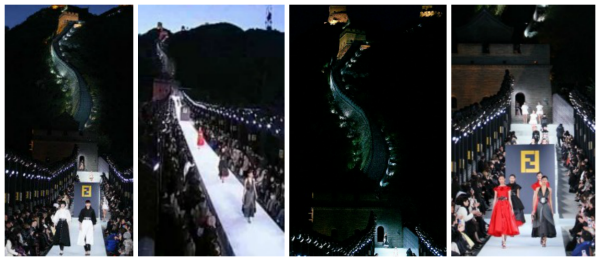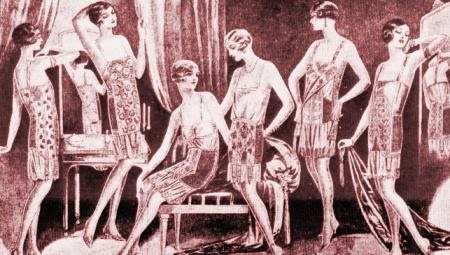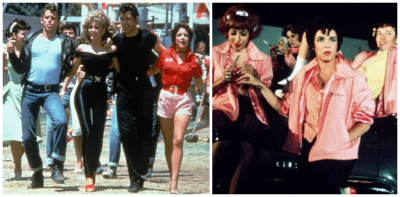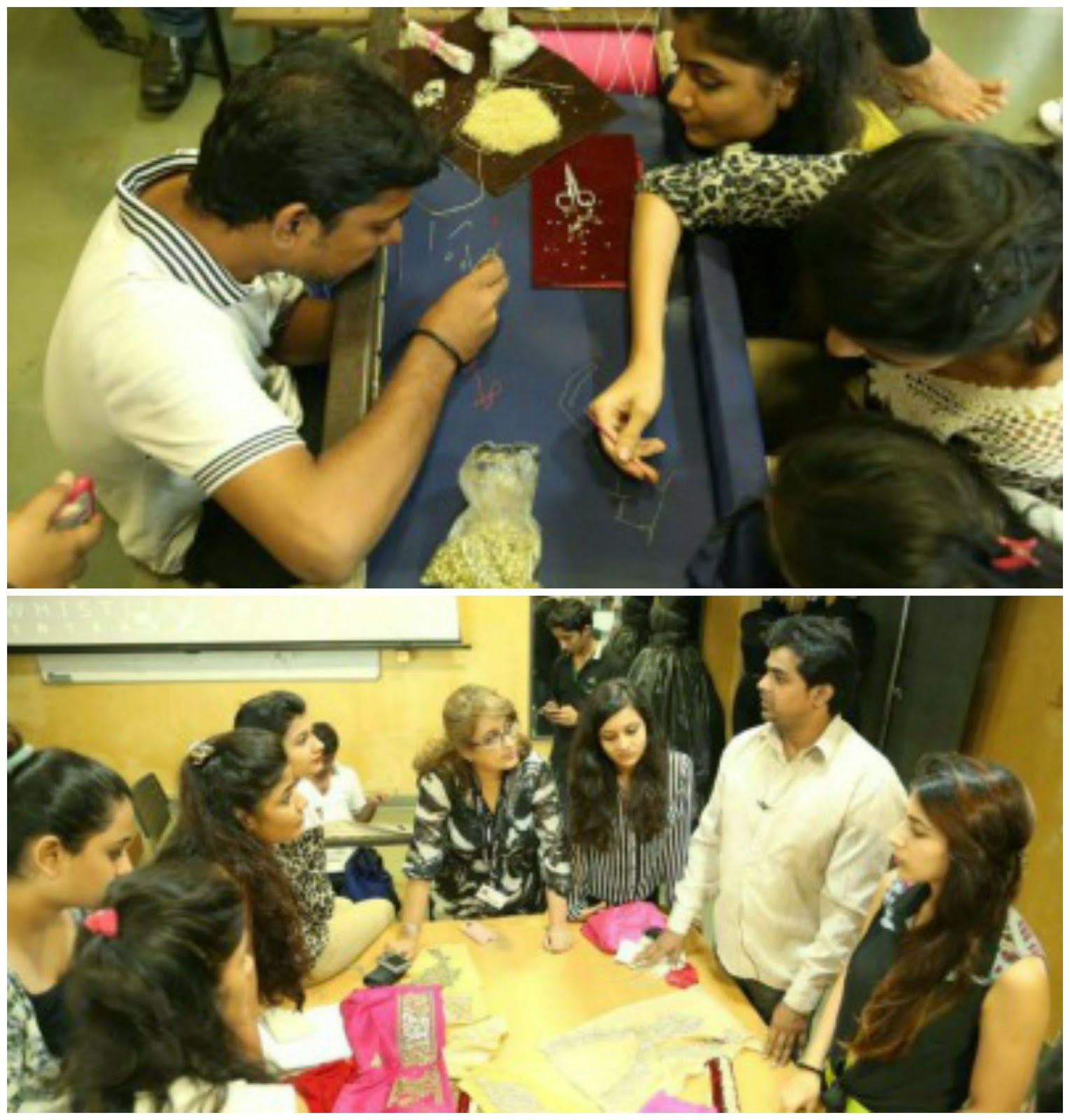Fashion and history are terms rarely used
together. Well, everyone wants to look their best, no matter the era. Fashion
has a wide and intriguing history, but that topic is for another time. Today is
dedicated to the places where fashion is preserved, namely the Museums where
history is stored. Over the years many fashion enthusiasts all over the world
have built museums that pay a tribute to fashion in their own way.
 |
| Cristóbal Balenciaga |
The list of museums is quite long, but at the
moment The Balenciaga Museum in Getaria, Spain caught our attention. The great
Spanish Designer Cristóbal Balenciaga
inspired this museum, which was launched in June, 2011. At the end of the
nineteenth century Balenciaga was born in the Basque town of Getaria, Spain.
Balenciaga’s father was the captain of a ferryboat and his mother was a
seamstress. The presence of royalty in Spain during that time had made the area
fashionable and Balenciaga’s mother was patronized by the local aristocrats.
 |
| Cristóbal Balenciaga during his younger days |
Balenciaga was expected to follow his uncle’s
footsteps and become a priest, but it was his mother’s world that fascinated
him. He would watch the beautiful women his mother would cater to, out of which
Marquesa de Casa Torres was his favourite. At the age of thirteen he asked
Marquesa if he could design an outfit for her. She indulged his request and was
pleased with the result. This was his break and acquired his own patrons during
his adolescence. Through Marquesa’s support he left grammar school to study
tailoring and at 23 he opened his own house in San Sebastián. A little later he not only expanded his
business, but even started to cater to the royals, like Queen Ena herself.
He
staged his first runway show on August 1937, and Vogue called his show,
“artfully cut little black dresses, their sobriety relieved by flattering twist
of pearls at the neck.” He dramatically revolutionized the fashion scene when he altered the female silhouette by broadening the shoulders and removing the waist. This is reflected in his creations of the tunic dresses, chemise dresses, baby-doll and balloon skirts.
The designer enjoyed an extensive and creative
career and had his share of drama. He is still remembered as a couturier that
had uncompromising standards and his signature style was the bubble skirts and
feminine yet ultra-modern shapes. He was known to manipulate the relationship
between his clothing and a woman’s body through the flexibility of his
silhouettes. ‘The House of Balenciaga’ is where his legacy is still alive.
Balenciaga’s museum tells stories of beautiful
Spanish landscapes, bullfighters, fishermen and the Catholicism of the country
through his fabled designs.
The Balenciaga Museum became the only Museum to be
dedicated to a sole designer, which he deserves. The Museum houses some of his
best works that include the wedding dress of Queen Fabiola of Belgium.
A
fashion aspirant should not miss the chance of visiting The Balenciaga Museum
and should know about the designer who is considered the ‘Spanish Master’ by
designers like Christian Dior and Chanel; he truly is the master of
Couture!















































